Potted Lantana Plants: How To Grow Lantana In Containers
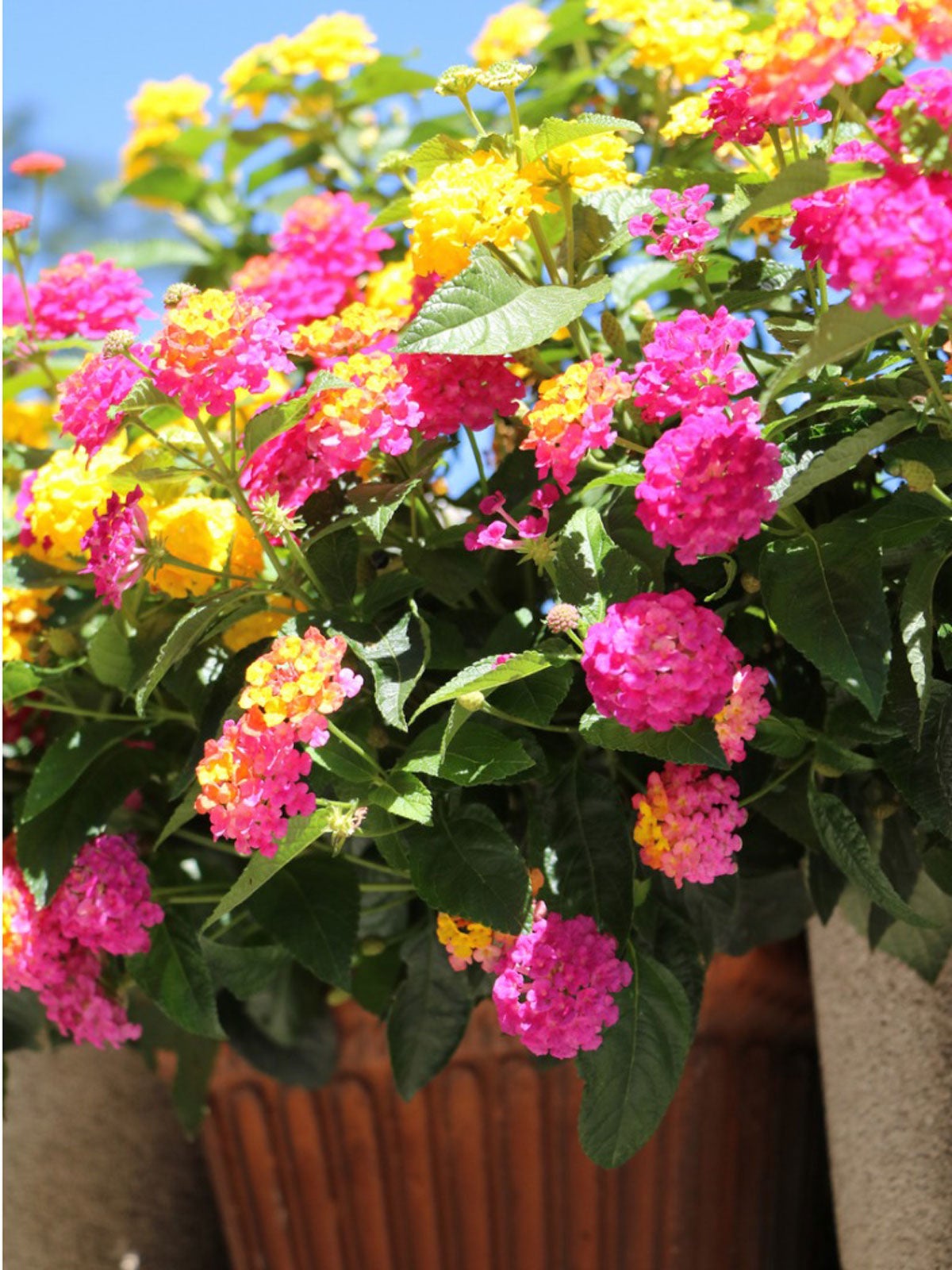

Lantana is an irresistible plant with a sweet fragrance and bright blooms that attract hordes of bees and butterflies to the garden. Lantana plants are suitable for growing outdoors only in the warm climates of USDA plant hardiness zones 9 through 11, but growing lantana in containers allows gardeners in cooler climates to enjoy this spectacular tropical plant year-round. Want to learn how to grow lantana in containers? Read on!
Types of Lantana Plants for Containers
Although you can grow any type of lantana in a container, keep in mind that some are very large, reaching heights of up to 6 feet (2 m.), which means they need a very sturdy container. Dwarf types are suitable for standard-size containers, reaching heights of only 12 to 16 inches (30.5 to 40.5 cm.). Dwarf varieties are available in a range of bright colors. Popular choices include:
- ‘Chapel Hill’
- ‘Patriot’
- ‘Denholm White’
- ‘Pinkie’
Also, weeping varieties such as ‘Weeping White’ and ‘Weeping Lavender’ are vine-like plants ideal for containers or hanging baskets. Trailing lantana (Lantana montevidensis), available in white or purple varieties, is a species that reaches heights of 8 to 14 inches (20.5 to 35.5 cm.) but spreads to 4 feet (1 m.) or more.
How to Grow Lantana in Containers
Plant lantana in a container with a drainage hole in the bottom using a lightweight commercial potting mix. Add a handful of sand, vermiculite, or perlite to enhance drainage. Place the container in a location where the lantana plants are exposed to bright sunlight. Water well and keep the plant evenly moist, but never soggy, for the first few weeks.
Caring for Lantana in Pots
Lantana is fairly drought tolerant but benefits from about an inch (2.5 cm.) of water per week once the plant is established. Don’t water until the top of the soil is dry, and never overwater, as lantana is susceptible to rot. Water at the base of the plant to keep the foliage dry. Similarly, don’t crowd the plant as lantana needs plenty of air circulation. Add a small amount of fertilizer in spring if your soil is poor. Be careful about fertilizer, as overfeeding will result in a weak plant with few blooms. Don’t fertilize at all if your soil is rich. Deadhead lantana regularly. Feel free to cut the plant back by one-third if your lantana gets long and leggy in midsummer, or just shear the tips.
Caring for Potted Lantana Plants Indoors
Bring lantana indoors before nighttime temps reach 55 degrees F. (12 C.). Place the plant in a cool area where the plant is exposed to indirect or filtered light. Water when the soil is dry to a depth of 1 to 2 inches (2.5 to 5 cm.). Move the plant back outdoors when warm weather returns in spring.
Gardening tips, videos, info and more delivered right to your inbox!
Sign up for the Gardening Know How newsletter today and receive a free copy of our e-book "How to Grow Delicious Tomatoes".

A Credentialed Garden Writer, Mary H. Dyer was with Gardening Know How in the very beginning, publishing articles as early as 2007.
-
 How To Make A Bouquet Garni Or Herb Bundle For Cooking
How To Make A Bouquet Garni Or Herb Bundle For CookingIf you’re a great cook, you may have made an herb bundle before. If this is a new idea, learn how to add sparkle and interest to your dish with a bouquet garni.
By Amy Grant
-
 ‘Coral Charm’ Peony Care For Sublime Semi-Double Peonies With Lush Salmon Pink Flowers
‘Coral Charm’ Peony Care For Sublime Semi-Double Peonies With Lush Salmon Pink FlowersPeonies are known for their soft baby pink or magenta tones, but if plushy coral blooms are your thing, here’s our guide to the ultimate ‘Coral Charm’ peony care
By Tonya Barnett
-
 Growing Lantana Indoors For The Winter
Growing Lantana Indoors For The WinterCan I bring Lantana inside for the winter? Well, click here to find out.
By Tonya Barnett
-
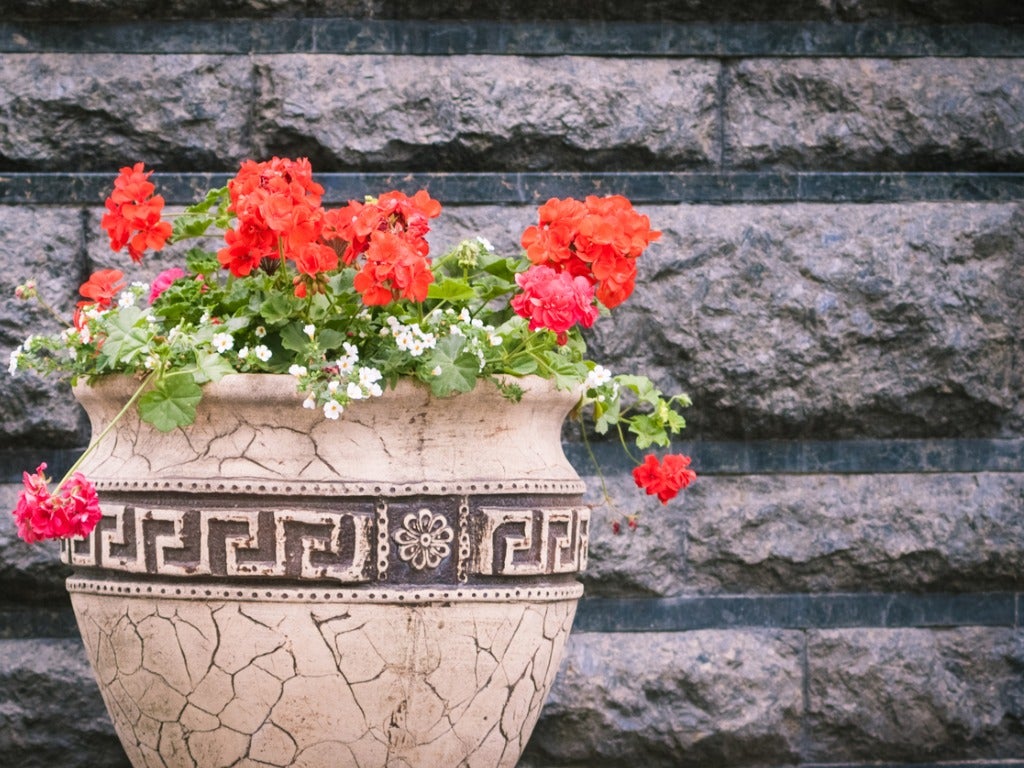 Repotting Lantanas: When And How To Repot Lantana Plants
Repotting Lantanas: When And How To Repot Lantana PlantsLantana is ideal for growing in containers or ornamental raised flower beds. With proper care, gardeners can enjoy the small showy flowers for many years to come. In doing so, learning how to repot lantana will be important. This article will help with that.
By Tonya Barnett
-
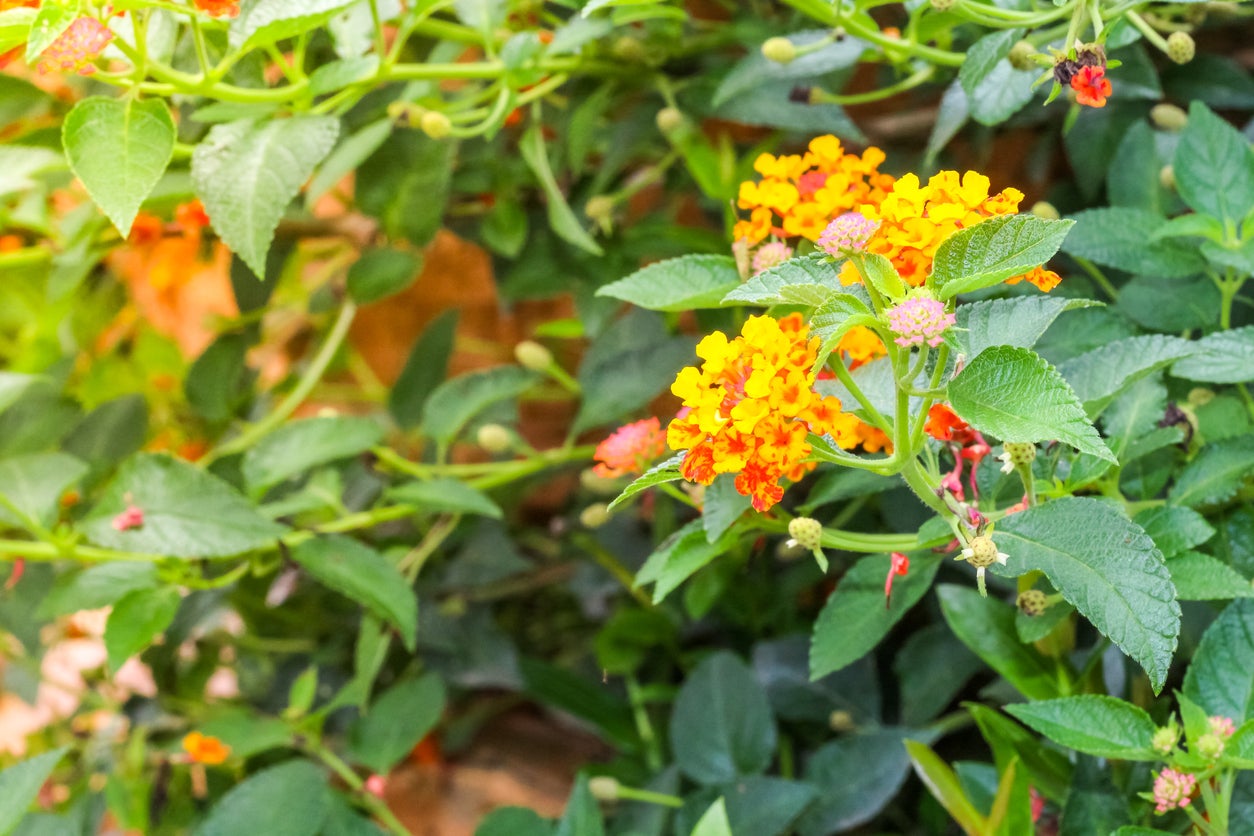 Controlling Lantana Weeds: Stopping Lantana Spread In The Garden
Controlling Lantana Weeds: Stopping Lantana Spread In The GardenIn some gardens, Lantana camara is a pretty, flowering plant that adds delicate, colorful blooms to flower beds. In other areas, though, this plant can be more of a pest. Find out ways for controlling lantana weeds in your yard by clicking this article.
By Mary Ellen Ellis
-
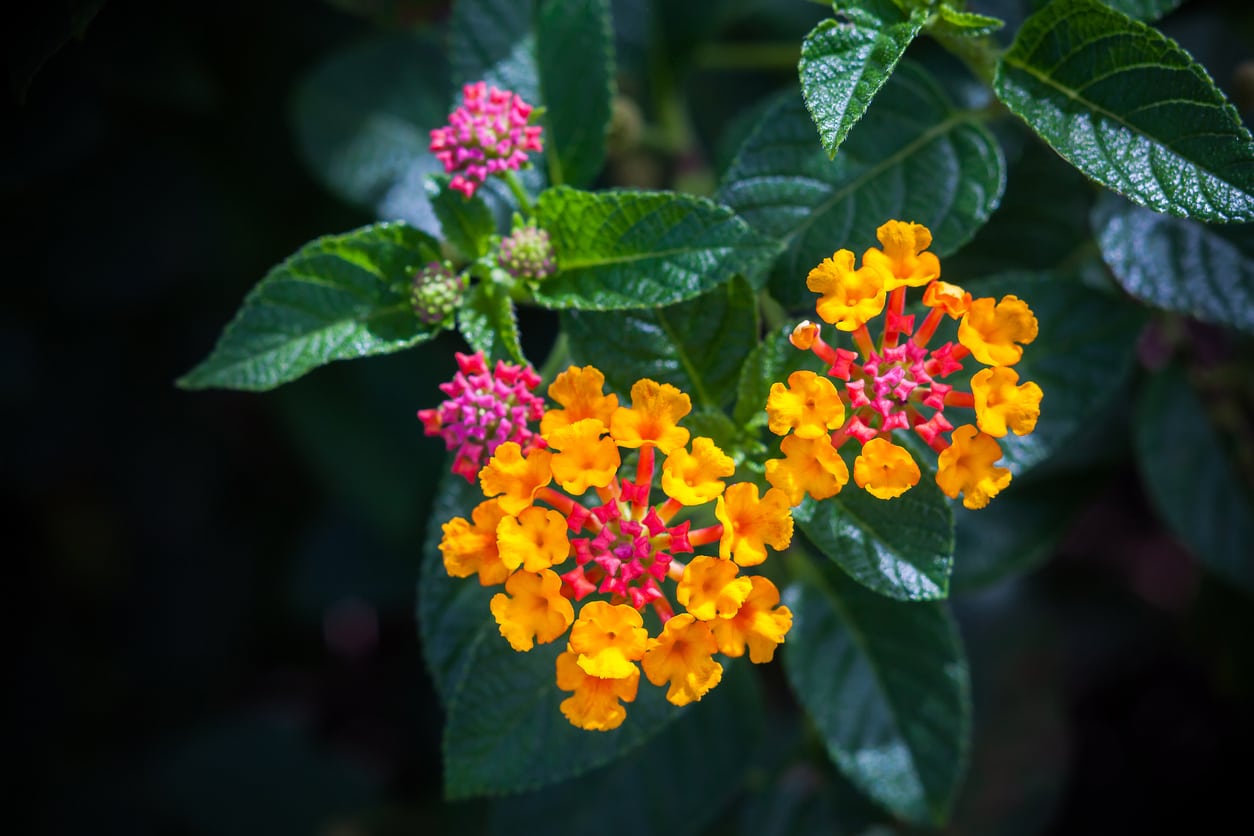 Can You Transplant Lantanas: Tips For Moving A Lantana Plant
Can You Transplant Lantanas: Tips For Moving A Lantana PlantIf you have a lantana that is struggling in its current location or has outgrown its space and is not playing nice with other plants, you may be searching for some tips on how to transplant lantana. This article will help get you started with that.
By Darcy Larum
-
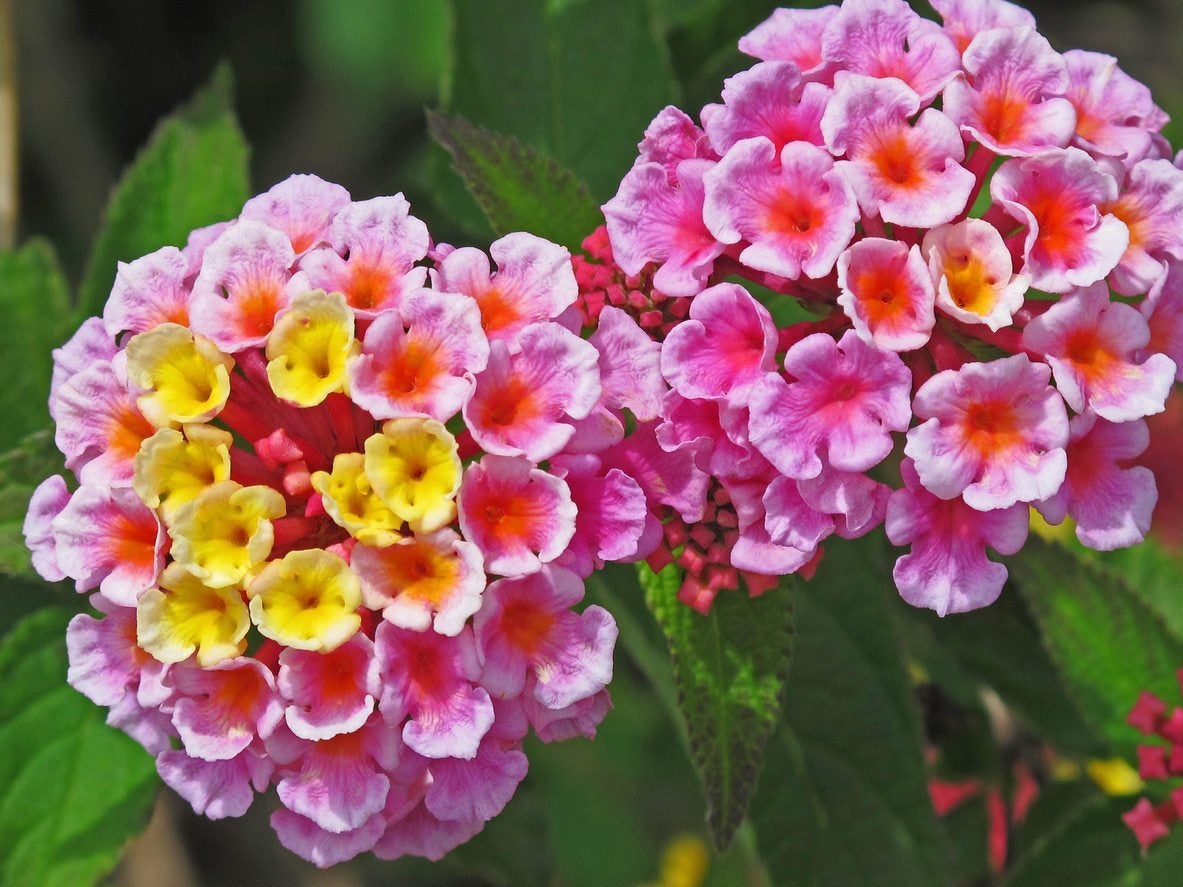 Color Changing Lantana Flowers – Why Do Lantana Flowers Change Color
Color Changing Lantana Flowers – Why Do Lantana Flowers Change ColorSince a lantana flower cluster has flowers of multiple ages, it will often display different colors in the center and on the edges. You can observe lantana flowers changing color in your garden as the season advances. Learn other reasons for color changing in this plant here.
By Ilana Goldowitz Jimenez
-
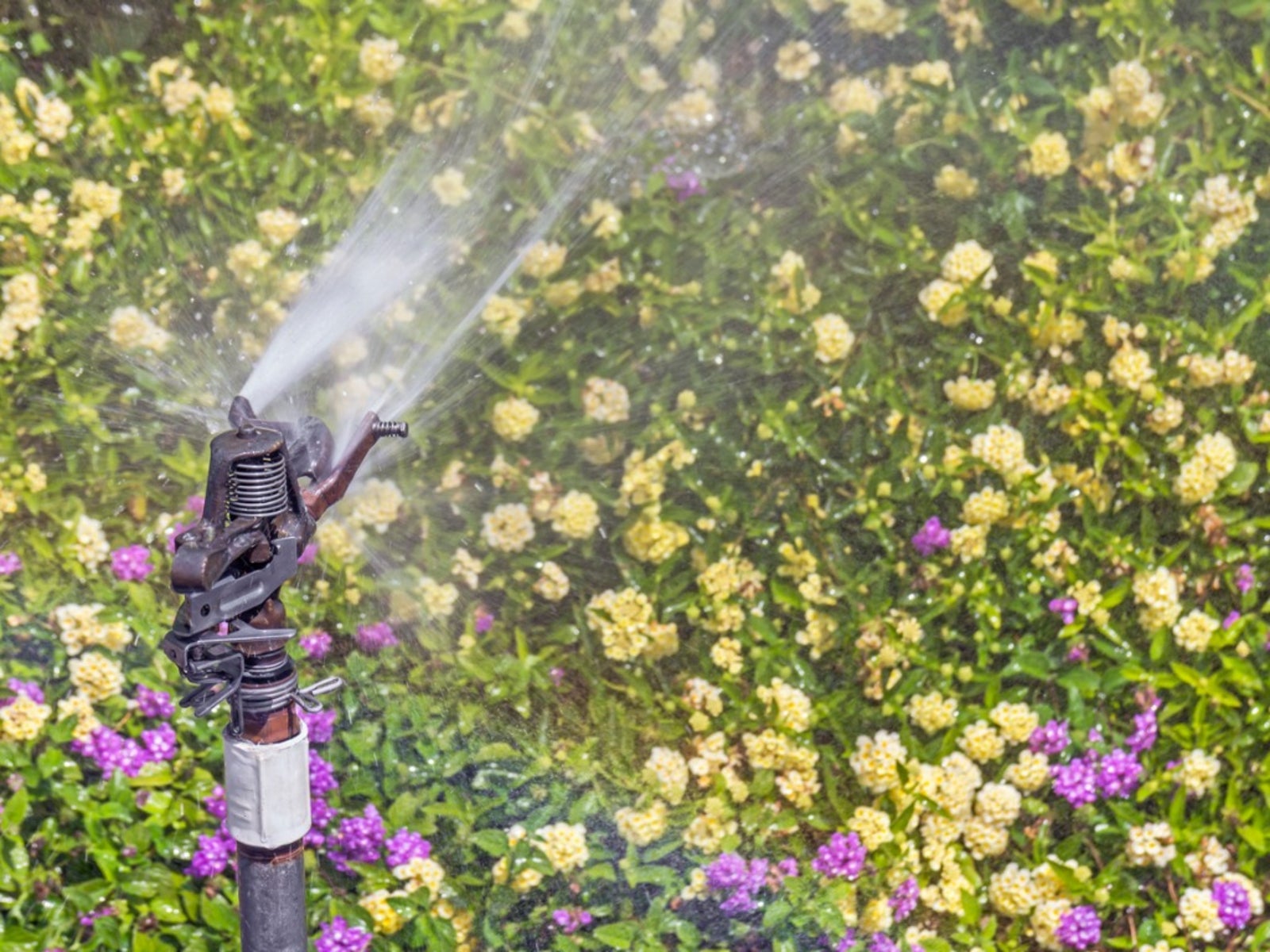 Lantana Watering Needs – Tips On Watering Lantana Plants
Lantana Watering Needs – Tips On Watering Lantana PlantsLantana can tolerate drought once established but the best development and flowering results from consistent watering. How much water do lantana plants need? We will discuss when to water lantanas for best growth and flower production in this article.
By Bonnie L. Grant
-
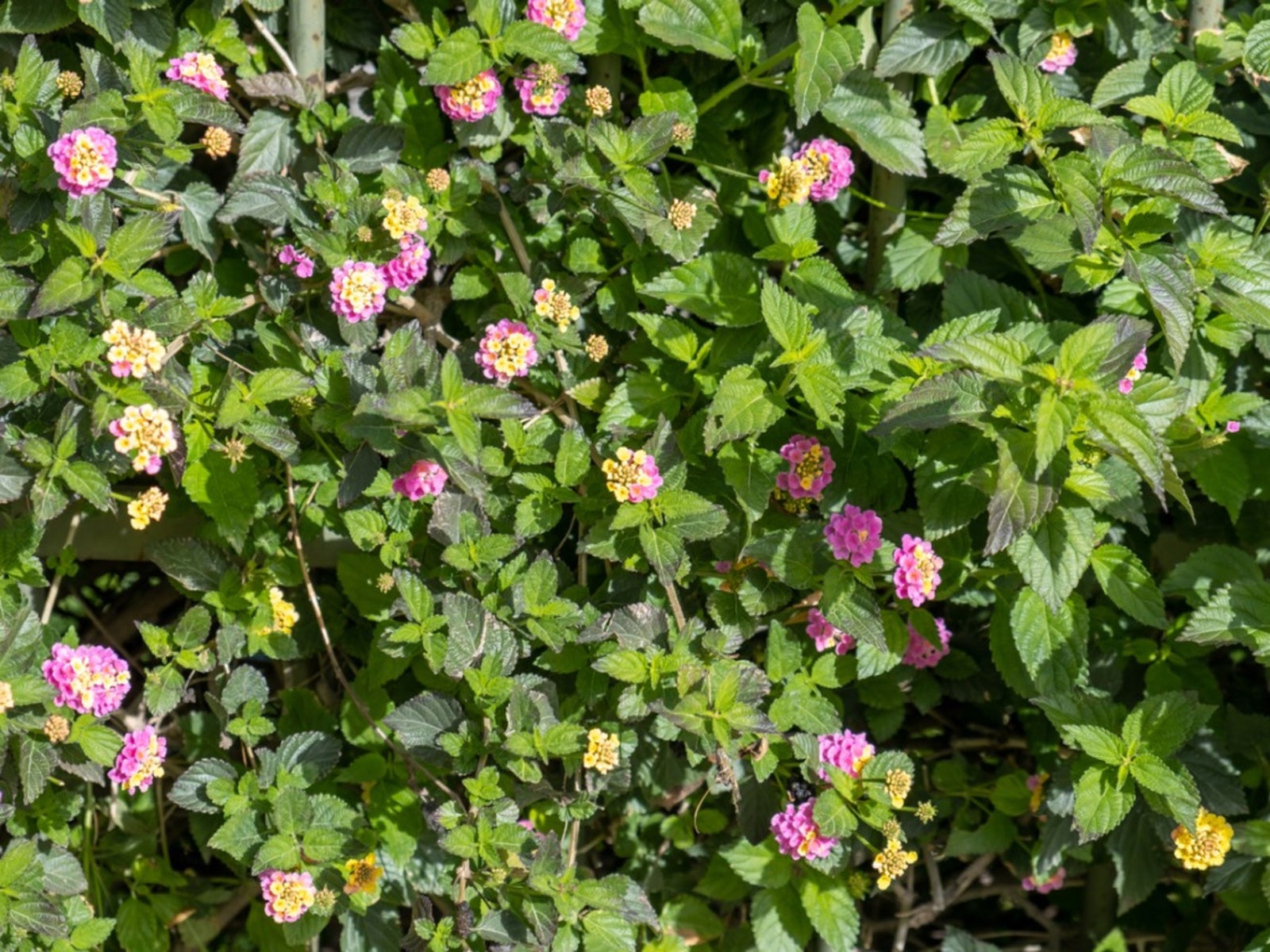 Lantana Leaf Yellowing – Treating Yellow Leaves On Lantana Plants
Lantana Leaf Yellowing – Treating Yellow Leaves On Lantana PlantsGardeners love lantana because of its brightly colored blossoms that attract butterflies and bloom from spring to frost. If you see your lantana plant turning yellow, it could be nothing or something serious. Click this article for more information.
By Teo Spengler
-
 Lantana Groundcover Plants: Tips On Using Lantana As A Groundcover
Lantana Groundcover Plants: Tips On Using Lantana As A GroundcoverMost lantana plants reach heights of 3 to 5 feet (1 to 1.5 m.), so lantana as a ground cover doesn't sound very practical - or does it? If you live in USDA plant hardiness zone 9 or above, trailing lantana plants make wonderful year-round ground covers. Click here to learn more.
By Mary H. Dyer